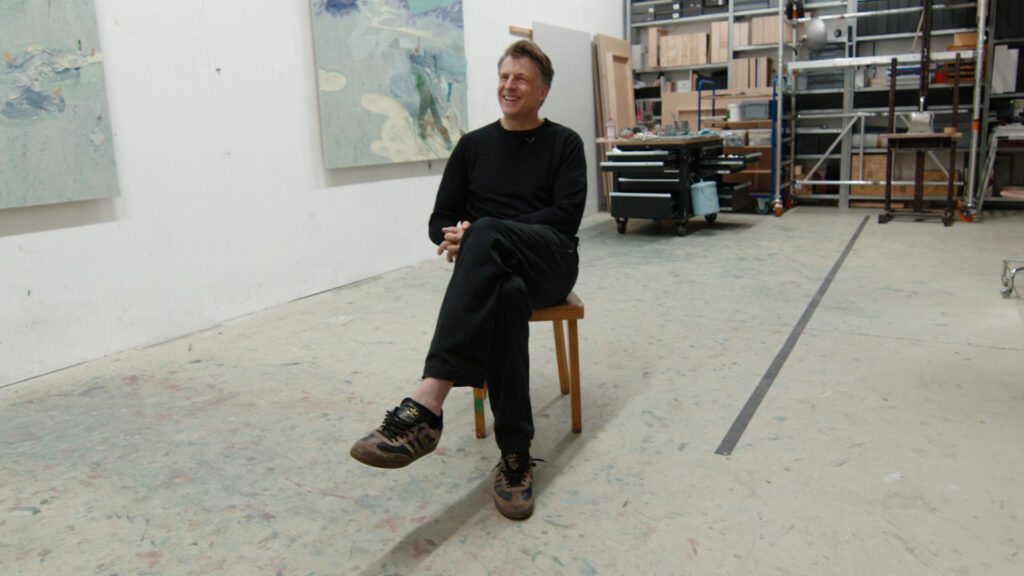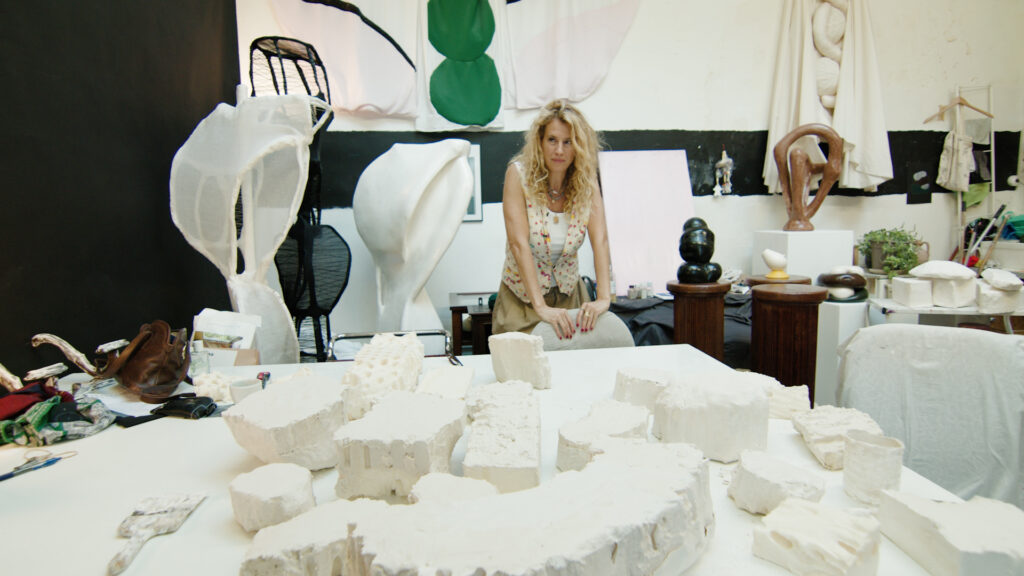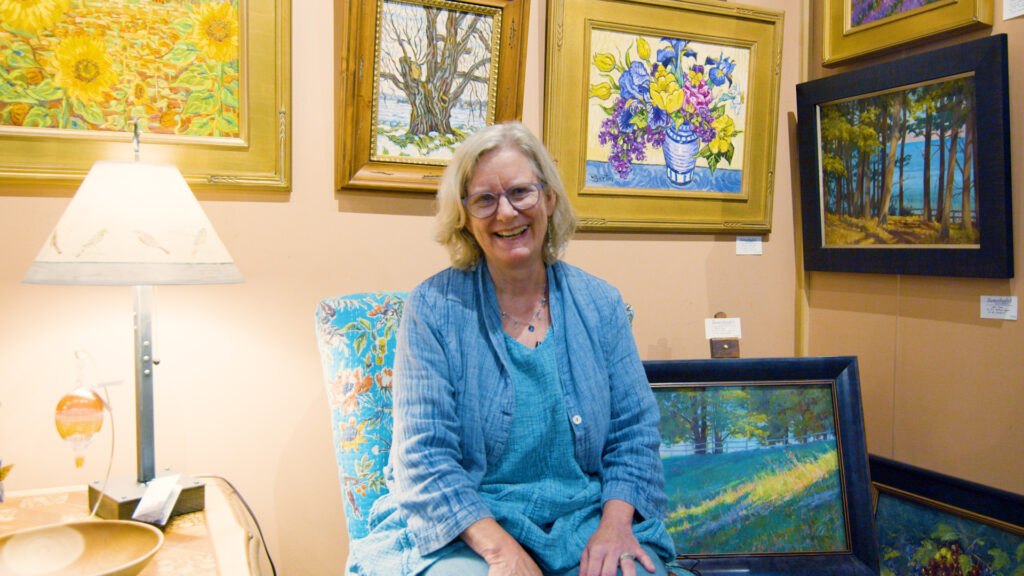Yael Dresdner speaks with the same focus that appears in her work. When she describes painting, it isn’t with grand gestures or lofty words but with a simple truth: “It’s a necessity. Almost like eating and sleeping.” From Israel to the United States, from graphic design to painting her path has always circled back to one thing: the need to create. Painting is less about the finished canvas than the act itself. “It enables me to connect with myself because it is such a personal journey, and then also to connect with other people,” she says, describing her practice as both intimate and outward-reaching.
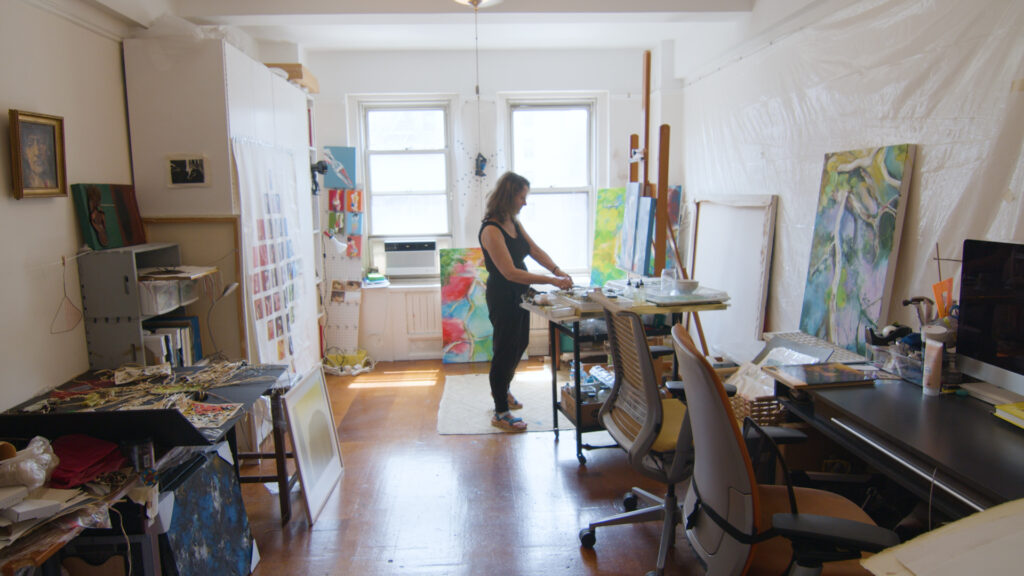
Dresdner was born and raised in Israel and came to the United States at 19. Art was always there, from drawing to sculpture, but her path to becoming a working artist wasn’t straightforward. She began studying dance therapy in college before moving into studio art and graphic design. Graphic design provided a way to earn a living, but she always kept painting close, never letting the ember of that desire burn out.
She moved through different institutions and workshops, each adding a new layer to her understanding of painting. At George Washington University, she began to explore the foundations of art in a more academic setting. Later, she sought out the Art Students League in New York, a place known for its openness and emphasis on direct practice. She spent time at the Washington Studio School and the Corcoran, each experience offering its own rhythm and community. But it was a summer intensive at the New York Studio School that left the deepest mark. She remembers it vividly—eight hours a day dedicated solely to drawing and painting, surrounded by peers who shared the same drive. “It was absolutely awesome,” she says. In that intensity, she found not just instruction, but a feeling of total immersion in the life of an artist.
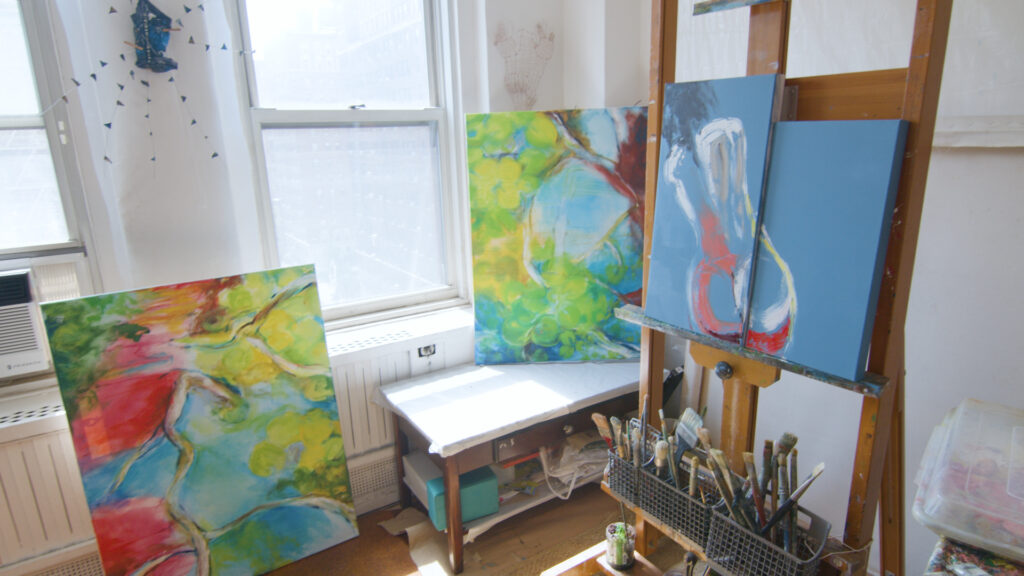
“I wouldn’t say that I needed a catalyst,” she explains. “I’ve always wanted to be an artist, but I kind of didn’t dare to until my mid-twenties. Then I said, that’s it. I’m an artist.”
Life, of course, had its own demands. Raising a son, making a living but she never let go of her practice. Now, she’s creating more than ever and pushing her work into new phases, propelled forward by the lessons of her recent solo show.
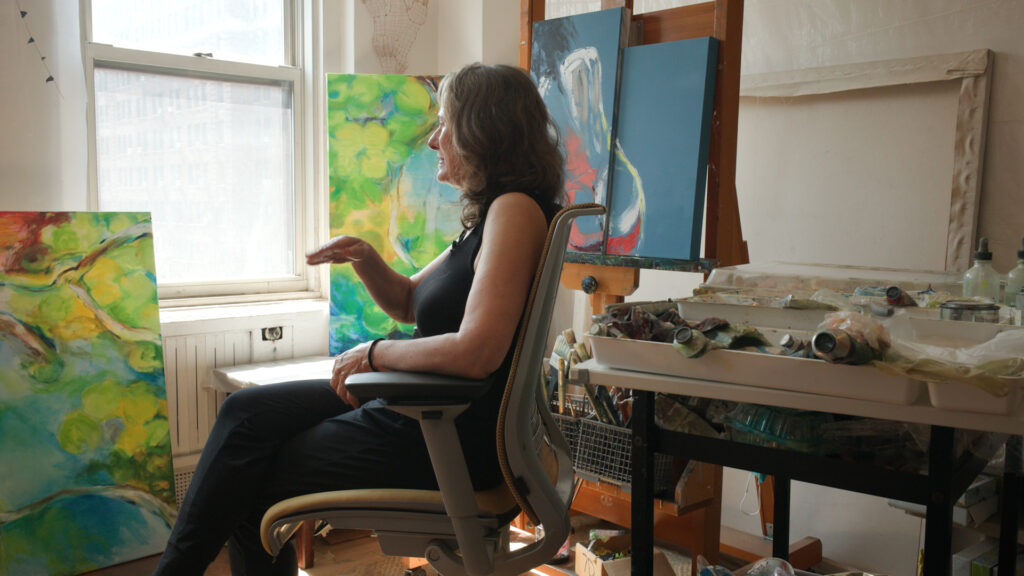
The “why” of making art hasn’t changed much for Dresdner. It’s still about that inner need to create. She has become more conscious of what she hopes her art does for others. “I do want to connect with people and provide them with some kind of experience that they may learn from, some way that their mind may open up,” she says. Still, she insists that she paints because she must, not because she’s chasing sales. Her goal now is for her work to reach more people and to hear how viewers connect with it in ways she might never have intended. For Dresdner, art is about helping people think and feel, whether it’s through her landscapes that ask viewers to reflect on nature and responsibility, or her figurative work that celebrates variety and form.
Duality runs through her practice, though she only realized it in hindsight. “Anytime I look at any work I’ve done, that to me seems like the ultimate underlying theme of the work.” In her landscapes, it’s the living lilies against the fallen, dead branches. In her torso series, it’s the tension between flat painted backgrounds and the thick, fleshy palette-knife marks of the figures. Life and death, surface and depth, simplicity and complexity, she brings opposites together and makes them speak to each other.
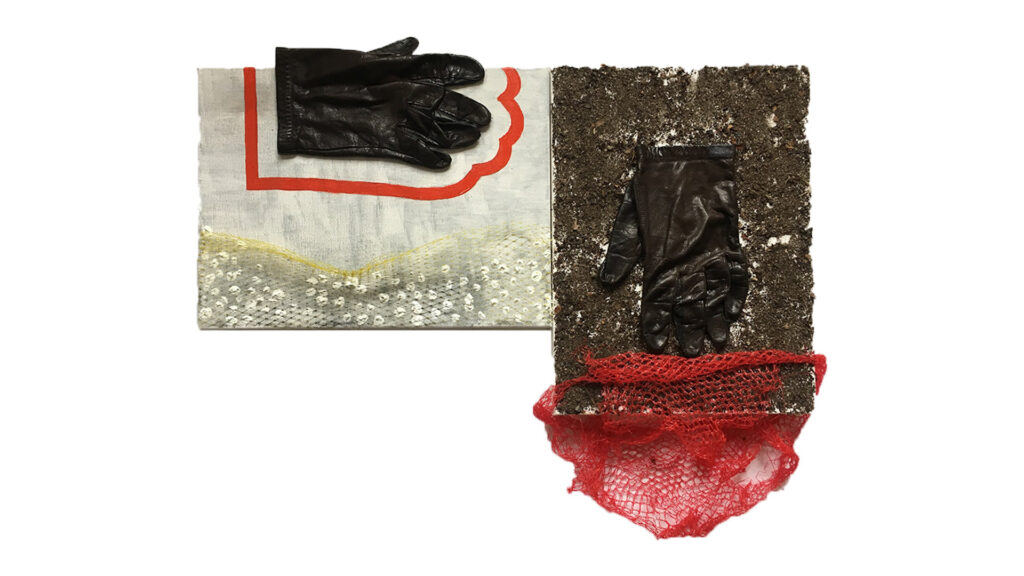
Asked about advice for younger artists, Dresdner is direct: “Don’t do what I did, which is put money concerns in front of art. Just keep pushing with your art all the time.” She encourages emerging artists to visit galleries and museums, to pay attention to what they like and don’t like, and to figure out why. Copying, she says, is part of that process. “It’s a really good idea to copy good artwork. You learn a tremendous amount—composition, how the painting is constructed, what the brushwork is. Copying has been for me personally one of the most instructive practices.”
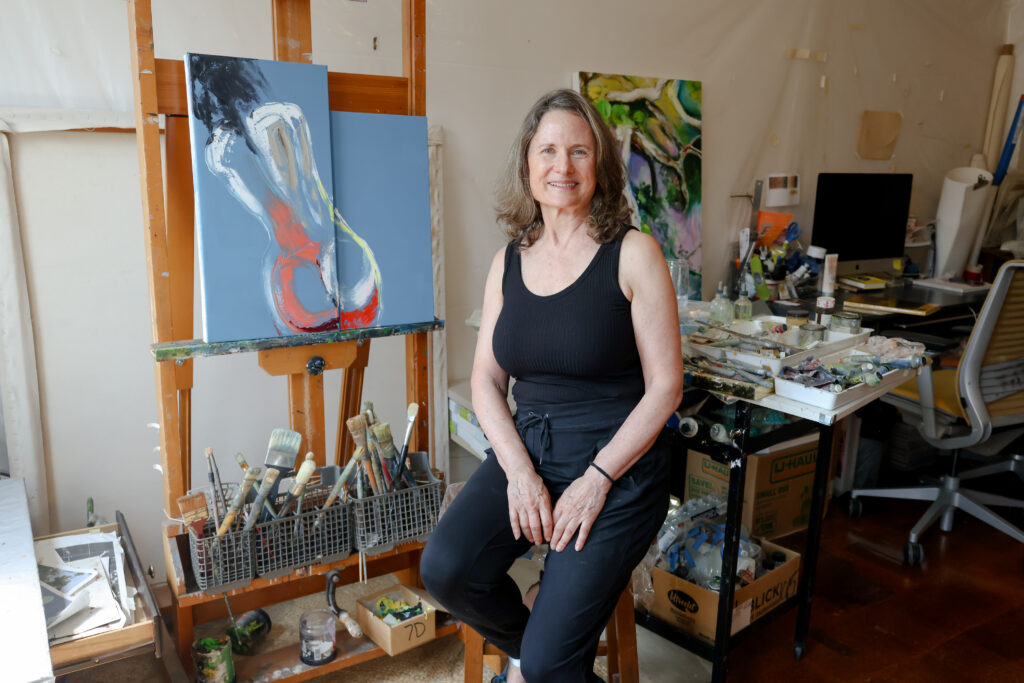
For Dresdner, being an artist remains a journey of self-discovery, but one she insists is not meant to stay only with her. “It would get very boring if everything was just my vision,” she says. “I want other people’s vision to come out of the work.”
Sebastien Jupille
Sébastien Jupille’s story begins simply. As a kid he drew constantly, not because anyone pushed…
Eva Dixon
From the beginning, Eva Dixon’s relationship to making things was tied to the rhythms of…
Marc Sparfel
Marc Sparfel’s story begins with an act of discovery, the kind that happens quietly, without…
Ruprecht von Kaufmann
In his Berlin studio, Ruprecht von Kaufmann works surrounded by the quiet textures of linoleum,…
Amélie Caussade
Amélie’s journey as an artist began unexpectedly, born from a moment of sudden disruption. In…
Julie Stoppel
Julie Stoppel never planned to become an art teacher, or a gallery owner for that…




